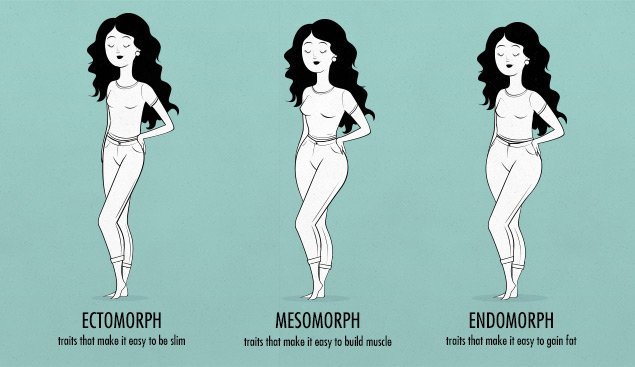How to Get Skinny: The Thin GirlThe Duchess of Windsor once said, “You can never be too rich or too thin,” but it turns out you can indeed be too slender.
During the 2006 fall fashion season, organizers of the annual show in Madrid, Spain, took the unprecedented step of banning models that had a body mass index (BMI) under 18 (18.5 to 24.9 is normal).
“I think it’s exemplary that the fashion industry in Madrid has taken a morally responsible stand,” says Dr. Catherine Steiner-Adair, director of eating disorders at McLean Hospital at Harvard University.
The backlash against thin models is ironic since the fashion industry played a large part in defining the cultural standard of beauty as a tall, willowy, underweight woman.
“Our icon of beauty is disrespectful to women, it’s a prepubescent girl’s body that less than 95 percent of the population can have and be healthy. It isn’t real,” Steiner-Adair says.
“Girls are judged by how they fit it, and they can’t, and if they try, they risk a deadly eating disorder.”
Many models and thin women aren’t anorexic, but they are five to 10 pounds underweight. While most women would envy this situation, many underweight women are unknowingly putting their health on the line to fit into their size-2 jeans.
“You can be too thin because if you have low body weight you can have general health issues, a weakened immune system, low muscle mass and low bone density,” says Dr. Shawn Talbot, a nutritional biochemist in Utah.
“The muscle loss slows the metabolism and sets the person up for gaining body fat later in life and risking osteoporosis.” Other health risks for the underweight include anemia, fatigue, nutritional deficits and reproductive problems.
According to Dr. Brenda Woods, director of Primary Care Medicine at Remuda Ranch, a treatment center for eating disorders, even a woman five pounds underweight can experience menstrual irregularities or amenorrhea.
Underweight men experience a similar problem with lower levels of testosterone. “The body needs a certain amount of energy to function,” explains Woods.
“If the body is in a chronic state of caloric deficit, it will use its own muscle for metabolism. The body will basically cannibalize itself if it has to.” One problem doctors and thin people have is that there is no real standardization for measuring healthy weight.
“Everyone has a normal weight and it doesn’t come from a chart; it comes from their genetics and history,” says Dr. Harry Brandt, director at the Center for Eating Disorders at Sheppard Pratt in Maryland.
“The correct BMI for one person isn’t the same for another. The problem is when a person is holding their weight below what is normal for their body.”
To gauge whether someone is too thin, doctors look at things like BMI, the patient’s current health, current diet, energy level, medical history and family weight patterns.
“If a person is pursuing thinness at the expense of nutrition, it’s more of an eating disorder versus a naturally thin person who eats healthy,” Woods says. “We look at how much the thinness is a result of working too hard at it.”
Usually the path to unnatural thinness begins innocently when a person decides to diet and exercise to improve their health. As they start to shed pounds, they invariably receive compliments that motivate them to keep losing weight.
“It’s a very slippery slope and certain people are more vulnerable, and you don’t know who’s going to be the person that is going to slip over the edge,” Woods says. [source: Your Health] To be continued…

